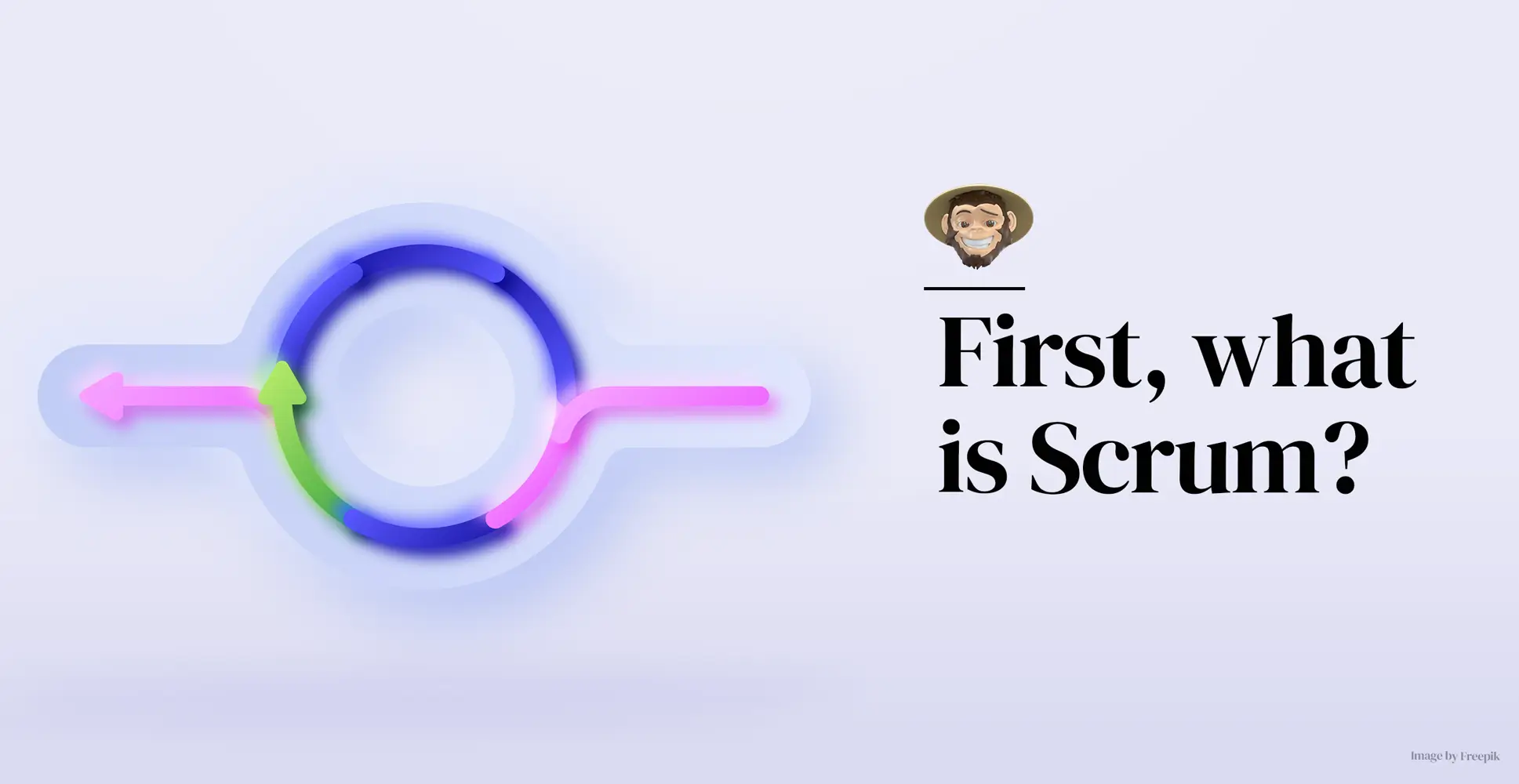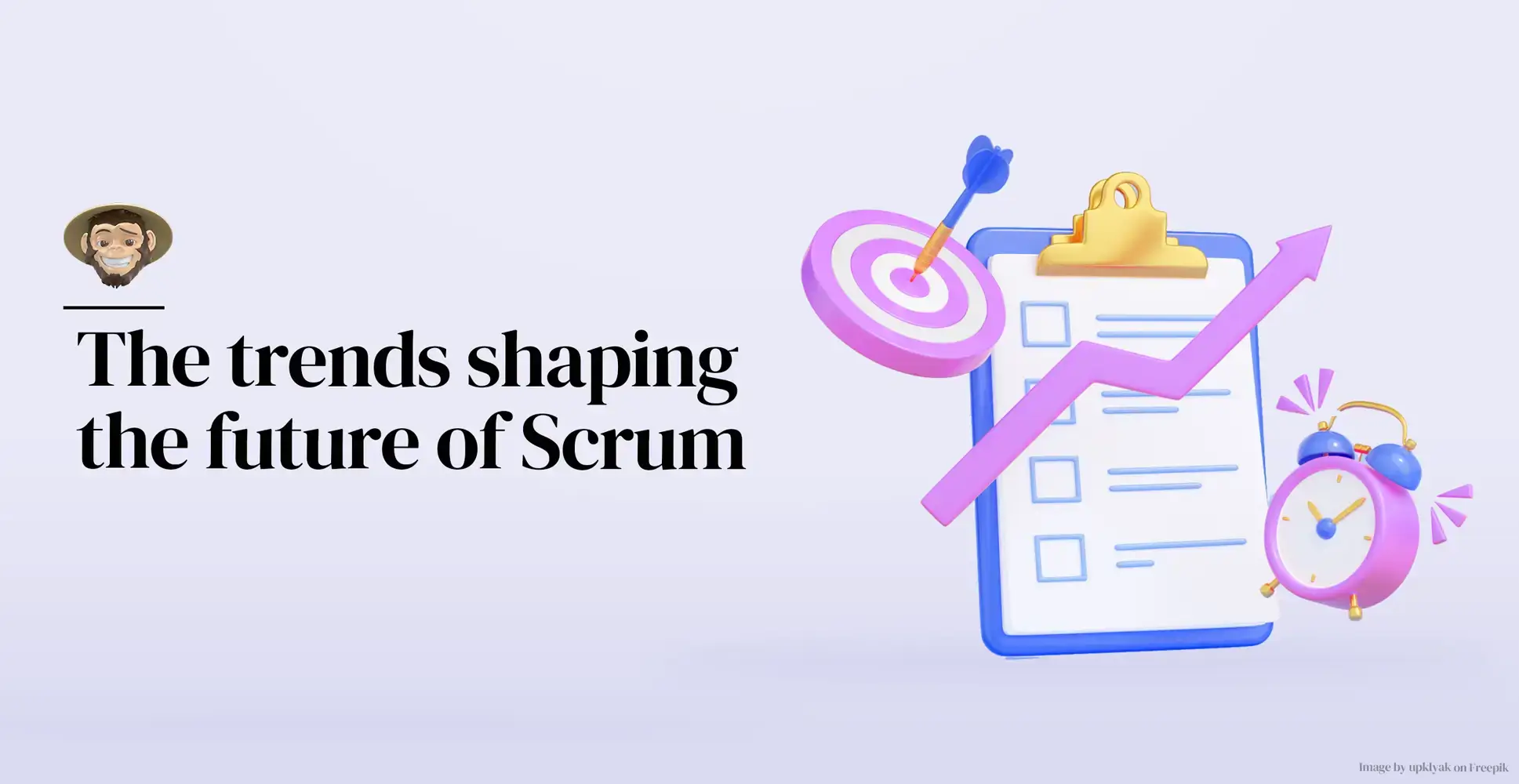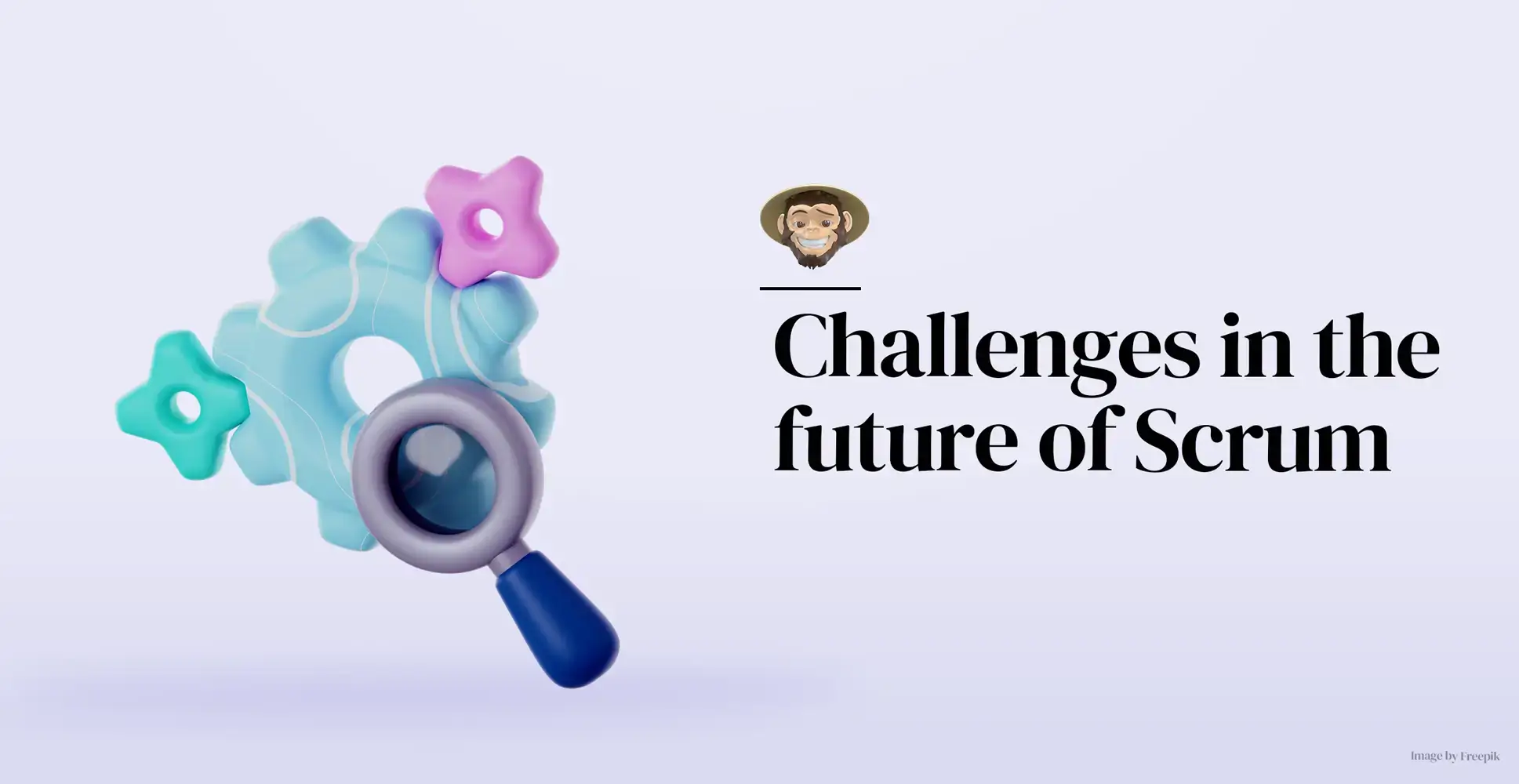As app development frameworks and agile methodologies adapt to technical innovations and advancements, developers must stay on top of trends and challenges to adjust their work to the industry’s evolving needs.
As you may already be aware, the mobile app and software development industry is quickly becoming a highly dynamic, ever-changing landscape of innovation and exploration. App and software users are typically the first ones to savor the high-performing, smarter, and much more efficient (and the other undeniable perks that come with innovation) products that derive from technological and operational advancements. But behind the curtain, and as technology continues to evolve and development tools and frameworks become more robust and demanding, new challenges arise, and app development partners must look ahead and anticipate what the journey holds for their methodologies, more precisely and the belle of the ball for us today, Scrum.
The future of Scrum in mobile and software app development represents both a beacon of innovation and agility but also brings its share of challenges and roadblocks that developers must overcome to thrive. Hence, developers need to embrace the necessary adaptation and growth mechanisms that will allow Scrum to remain the transformative force it is. With that in mind, let’s explore what the future holds for Scrum and which are the emerging trends and challenges that will likely arise in years to come.

First, what is Scrum?
Scrum, an Agile framework that has existed since the 90s, has evolved into a symbol of innovation, efficiency, adaptability, and flexibility in the app development industry. This long-standing history underscores its credibility and endurance. Scrum offers a structured yet flexible approach to app development, enabling developers to work iteratively and incrementally. Its iterative nature fosters continuous feedback and improvement, constant collaboration, and rapid adaptation, thereby promoting the delivery of tangible results in short, regular intervals. Consequently, teams operating under Scrum tend to produce higher quality and more valuable mobile and software products and services than they would in an uncertain and linear development environment.
Scrum is based on:
- Roles: The Product Owner (who represents the stakeholders’ interests), the Scrum Master (who ensures that the Scrum principles are understood and implemented), and the Development Team (the group responsible for delivering the product in increments at the end of each Sprint) are the leading three Scrum roles.
- Events: Scrum events, or ceremonies, comprise Sprint Planning, Daily Standup, Sprint Review, and Sprint Retrospective.
- Artifacts: Scrum artifacts, which include the product backlog, sprint backlog, and increment, provide information about the project’s progress.

The trends shaping the future of Scrum
1. Integration with emerging technologies: As technology advances rapidly, the future of Scrum becomes inherently linked to its seamless integration with emerging technologies such as artificial intelligence, machine learning, and automation. By doing so, we will witness agile teams streamlining processes, automating repetitive tasks, and optimizing the delivery of more valuable products, thus evolving into becoming more efficient, making data-driven decisions, becoming more responsive to market demands, and harnessing predictive analytics to drive continuous improvement.
2. The rise of hybrid methodologies: Agile principles will become more efficient when they depart from rigidity and blend with other frameworks, such as DevOps or Lean, as developers, users, organizations, and other stakeholders seek more tailored approaches to meet their evolving needs.
3. Remote Collaboration and communication: As remote work continues to grow in popularity and become the norm, Scrum will need to evolve to ensure that Agile principles continue to thrive in diverse and distributed work environments. As a result, teams will start prioritizing using virtual Scrum boards, video conferencing tools, and other immersive communication platforms to facilitate teamwork and promote collaboration and real-time communication across geographically distributed development teams.
4. Integration with behavioral sciences: Since team dynamics are so critical for Scrum, we will likely see an integration of insights from behavioral science to optimize teamwork, enhance collaboration, make decision-making processes more efficient, and promote stakeholder engagement. This integration can lead to a more harmonious and productive work environment, where teams are intrinsically motivated to work towards common goals. In that sense, by applying behavioral sciences, Agile teams can enhance their effectiveness and foster a culture where continuous improvement promotes healthy team dynamics and stakeholder interactions.
5. More focus on sustainability and ethics: Considering the increasing importance of sustainability and ethics, Agile methodologies will likely turn their eye toward enforcing sustainable development practices, focusing on employee well-being, implementing environmental impact assessments, and including ethical decision-making frameworks in all their processes. This way, app developers can ensure that their work aligns with broader societal and environmental goals, contributing to a more sustainable and ethical app development ecosystem.

Challenges in the future of Scrum
1. Adapting to technological changes: Today’s technological landscape is ever-changing, and Scrum teams must learn to pivot and adapt quickly to all the new tools, technologies, and market trends. However, keeping up with rapid technological advancements while maintaining the agility and flexibility inherent to Scrum can be challenging for some teams.
2. Resistance to change: Implementing the Scrum mindset requires a cultural shift within development teams that may be met with resistance and skepticism. This resistance, which may come from stakeholders, middle management, or developers, can significantly hinder the successful adoption and implementation of Scrum principles.
3. Integration with DevOps: As we mentioned earlier, integrating Scrum with DevOps offers numerous benefits. Still, it also presents challenges in terms of new tool integration, resistance to change and cultural alignment, and the lack of developers with the necessary knowledge and cross-functional skills to maintain Scrum principles.
4. Talent acquisition: Finding and retaining skilled developers who are also well-versed in Scrum can be challenging and expensive, especially in a competitive market like the current app development landscape.
Addressing and responding to these challenges requires continuous education, strong leadership and mentorship programs, effective communication, and a commitment to learning and embracing Scrum’s values and principles.

Final word
Undeniably, the Scrum framework holds incredible value as an iterative and adaptable approach to app and software development. However, to ensure it keeps promoting adaptability, continuous feedback, and the incremental delivery of innovative, high-quality applications, development teams must respond to the changing market trends and technological advancements and adapt their practices accordingly. By doing so, the future of Scrum shines bright. We will likely see a continued evolution that will help app development partners meet the changing needs of their clients and stay competitive in a future where innovation, adaptability, and value delivery thrive.
Hopefully, today’s journey has given you a comprehensive understanding of Scrum. For us here at Foonkie, Scrum is priceless, and since we’ve successfully implemented Agile methodologies for several years, we can answer all your questions. Drop us a line, and let’s talk!
